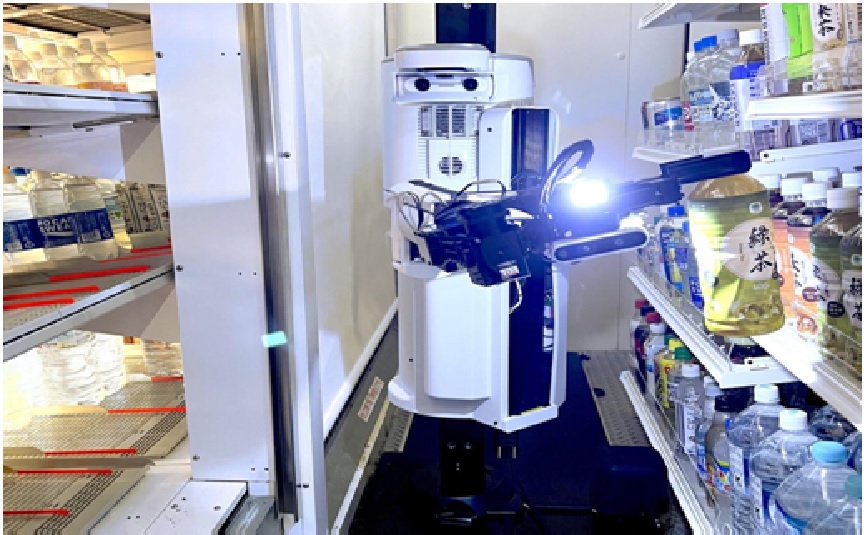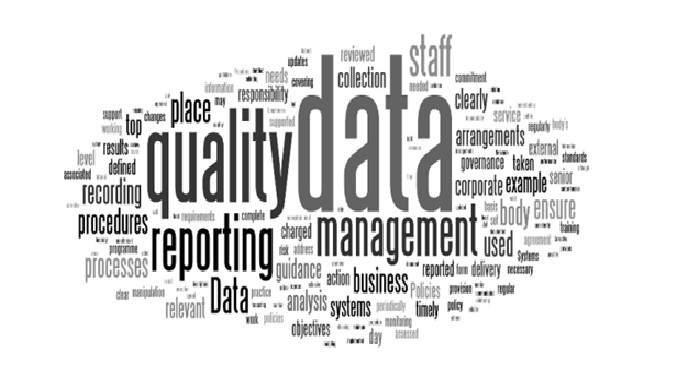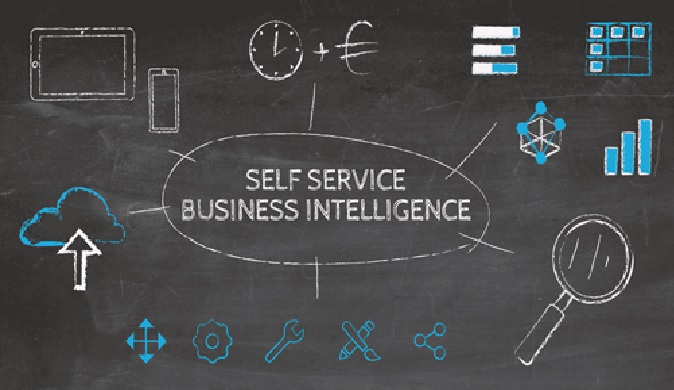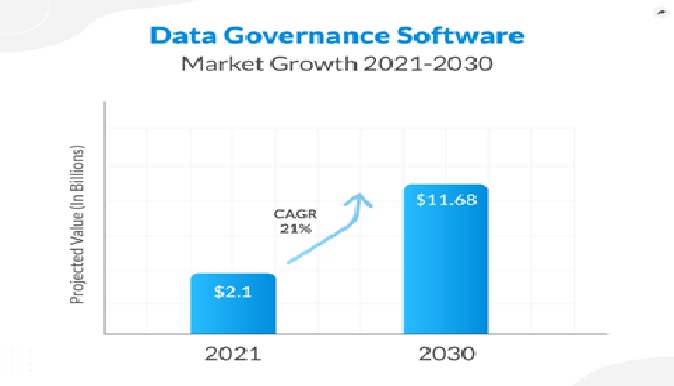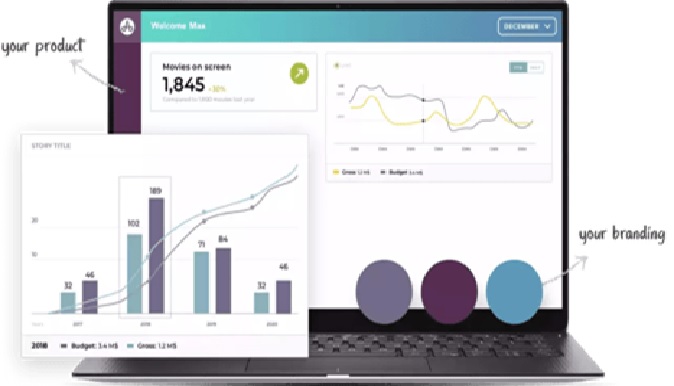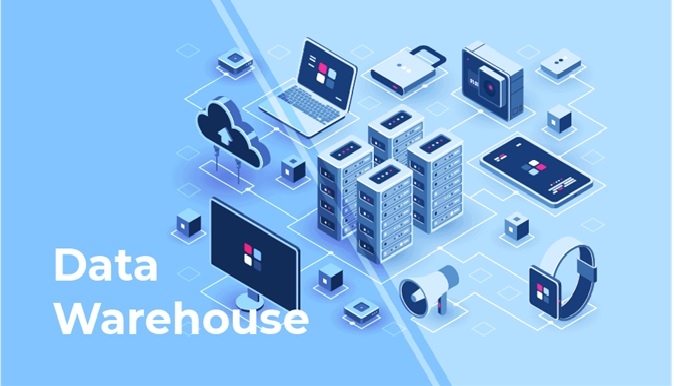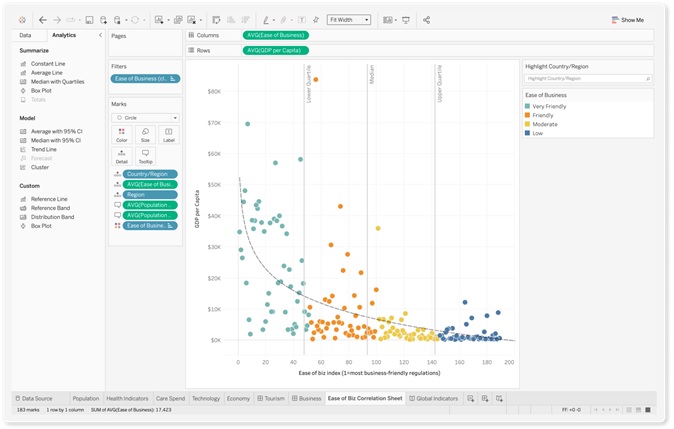Data Automation
Data Automation is interpreted as handling, uploading, and processing data utilizing automated technologies instead of manually conducting these procedures. The long-term viability of your data pipeline device relies on automating the data ingestion method. Any updated data operate the danger of being halted because it is an extra task that an individual must obtain, along with their other obligations.
Data automation offers the most compelling path to building an intelligent data supply chain. The value of data comes from its quality. With the mundane, time-consuming, and costly tasks associated with quality becoming automated, any enterprise can realize ROI a lot quicker, and time-to-market can be much faster. Approaches include robotic process automation, robotic data automation, DataOps, MLOps, OCR (optical character recognition), iPaaS, ETL/ELT, and more.

Figure .1 Data Automation
Figure 1 shows data automation refers to the process of using technology to automate the collection, processing, and analysis of data. This can include a variety of tools and techniques, such as machine learning algorithms, data mining, and robotic process automation (RPA).
One of the key benefits of data automation is that it can help organizations to streamline their data-related workflows and reduce the amount of manual labour required. For example, by automating data collection and processing, companies can save time and resources, as well as improve the accuracy and consistency of their data.
Some common examples of data automation in practice include:
- Automated data entry: using software to extract data from documents and input it into a database or spreadsheet.
- Automated reporting: using tools to generate regular reports on key metrics and KPIs.
- Automated data analysis: using machine learning algorithms to automatically identify patterns and insights in large datasets.
- Automated data integration:using software to merge data from multiple sources into a single dataset.
Overall, data automation has the potential to improve efficiency, reduce errors, and increase the speed and accuracy of data-related tasks.
References:
- https://nanonets.com/blog/data-automation/ - what-is-data-automation
- [https://www.dbta.com/BigDataQuarterly/Articles/Data-Automation-Is-on-the-Rise-Paving-the-Way-to-More-Scalable-Enterprises-152935.aspx
Cite this article:
Janani R (2023),Data Automation, AnaTechMaz, pp.44


